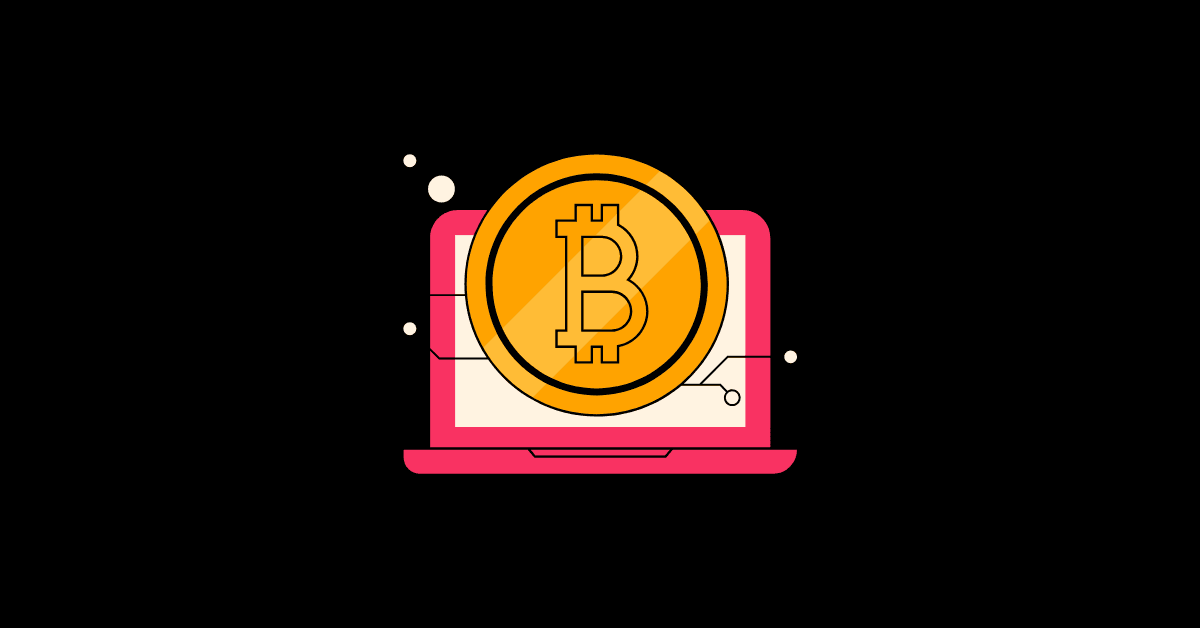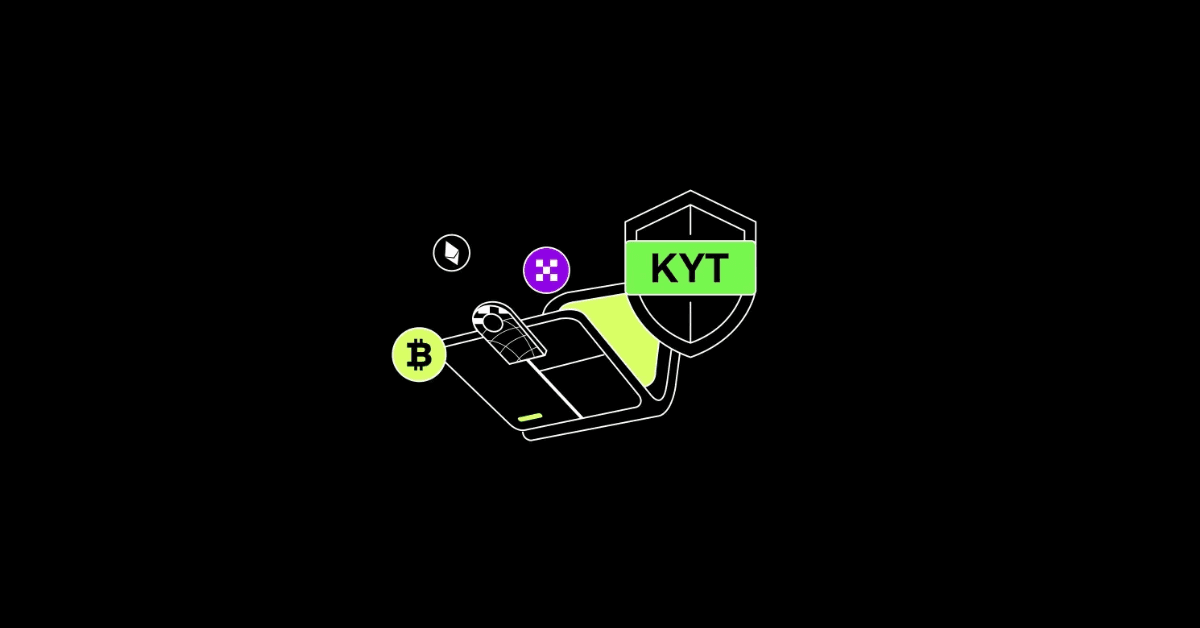In the blockchain world, token burning is a common practice. Simply put, it involves permanently removing a portion of tokens from circulation. In the Solana ecosystem, this process is referred to as the Burner mechanism. But why burn tokens? How does it work? And what impact does it have on Solana? Let’s break it down in simple terms.
What Is Solana Burner?
Solana Burner refers to the process of burning tokens on the Solana blockchain. Burning tokens doesn’t literally mean setting them on fire; instead, it means transferring them to a special address that no one can access or retrieve tokens from. This effectively locks the tokens away forever, making them unusable and removing them from circulation.
The goal of token burning is to reduce the total supply of tokens, making the remaining tokens scarcer and potentially more valuable.
Why Burn Tokens?
Burning tokens isn’t done just for the sake of it—it serves several important purposes:
1. Controlling Token Supply
Some projects initially issue a large number of tokens, but too many tokens in circulation can drive prices down. Burning tokens reduces the supply, helping to stabilize or increase the token’s value.
2. Increasing Token Value
Scarcity often leads to higher value. When tokens are burned, the reduced supply can lead to increased demand and potentially higher prices for the remaining tokens.
3. Demonstrating Commitment
By burning tokens, project teams show their dedication to the project’s long-term success. This can build trust among investors and the community.
4. Transaction Fee Burning
On the Solana network, a portion of transaction fees is burned. This mechanism not only reduces the circulating supply but also adds value to token holders over time.

How Does Solana Burner Work?
The token burning process is straightforward and typically involves the following steps:
- Determine the Amount to Burn
The project team or community decides how many tokens to burn. This could be a one-time large burn or regular smaller burns. - Send Tokens to a Burn Address
The tokens are sent to a special wallet address with no private key, making it impossible for anyone to access or retrieve the tokens. - Record the Burn on the Blockchain
The burning transaction is permanently recorded on the blockchain, ensuring transparency and accountability. - Reduce the Token Supply
Once burned, the total supply of tokens decreases, impacting the token’s supply-demand dynamics.
Real-World Applications of Solana Burner
The burning mechanism is widely used across the Solana ecosystem in various scenarios:
1. Transaction Fee Burning
Every transaction on the Solana network incurs a small fee, and a portion of this fee is burned. This gradually reduces the supply of SOL, making it more scarce over time.
2. Periodic Token Burns by Projects
Many Solana-based projects regularly burn tokens. For example, some NFT projects burn unsold NFTs or tokens to maintain market balance and scarcity.
3. Community-Driven Burn Events
Some projects allow the community to vote on whether tokens should be burned, giving token holders a say in the project’s direction.
Conclusion
The Solana Burner mechanism plays a vital role in the Solana ecosystem. By reducing token supply through burning, it enhances scarcity and value, benefiting both the network and its participants. Whether it’s burning transaction fees or project-led token burns, this mechanism supports Solana’s long-term growth and stability.
As the Solana ecosystem continues to expand, the burning mechanism is expected to play an even greater role in shaping the blockchain’s future and creating more value for its community.








